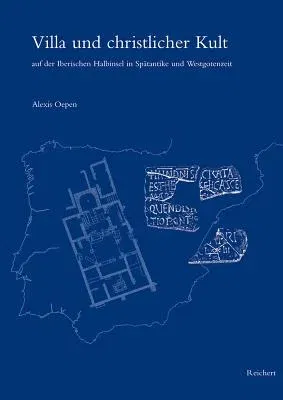English Summary: This volume examines important complexes of late
antique and Visigothic villas in rural areas throughout the Iberian
peninsula with regard to the process of Christianization, apart from the
urban centres that have been the main subject of research so far. Thus,
a discriminating survey of the various ways in which a Christian cult
was established in the milieu of late antique and early medieval country
seats is given. It is only the presence of altars, baptismal fonts and
liturgical equipment in the country houses of the potentiores that
definitely indicate a utilization of these buildings for Christian
worship. Additionally, the investigation of these church foundations on
private property, called "proprietary churches" in earlier studies,
includes an analysis of the canonical status of such ceremonial
buildings in an environment of economically independent estates, the
aims of the late antique founders being in clear opposition to the
interests of the institutional church. German Description: Jenseits der
urbanen Zentren, die bisher starker im Fokus der Forschung lagen, werden
einschlagige Komplexe spatantiker und westgotenzeitlicher Villenanlagen
im landlichen Bereich der gesamten Iberischen Halbinsel unter dem Aspekt
der Christianisierung untersucht. Es gelingt ein differenzierter
Uberblick uber die unterschiedlichen Formen der Etablierung von
christlichem Kult im Umfeld spatantiker und fruhmittelalterlicher
Landsitze. Dabei gibt erst die Existenz von Altaren, Taufpiscinen und
liturgischem Mobiliar auf den Landgutern der potentiores einen
eindeutigen Hinweis auf eine christliche Kultnutzung. Gleichzeitig
behandelt die Untersuchung Kirchenstiftungen auf privatem Grund, die in
der alteren Forschung als "Eigenkirchen" bezeichnet werden, das Problem
der kirchenrechtlichen Verfasstheit solcher Kultbauten im Umfeld
okonomisch autarker Guter, wobei die Zielsetzungen des spatantiken
Stifterwesens in einem klaren Gegensatz zu den Interessen der Amtskirche
stehen.

